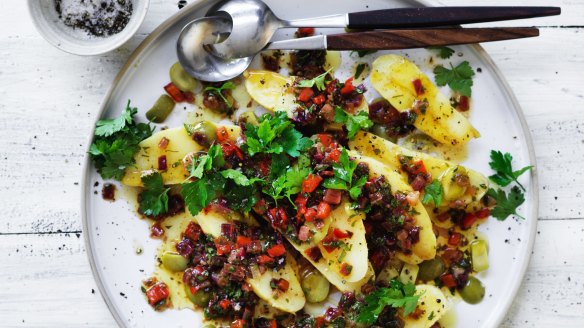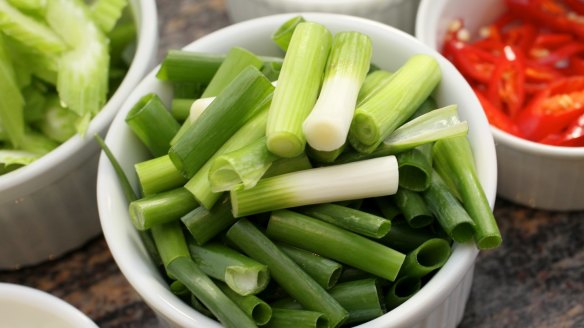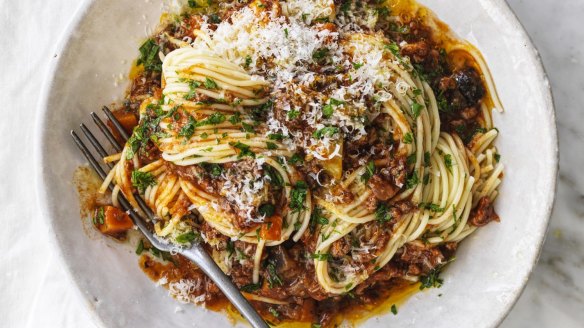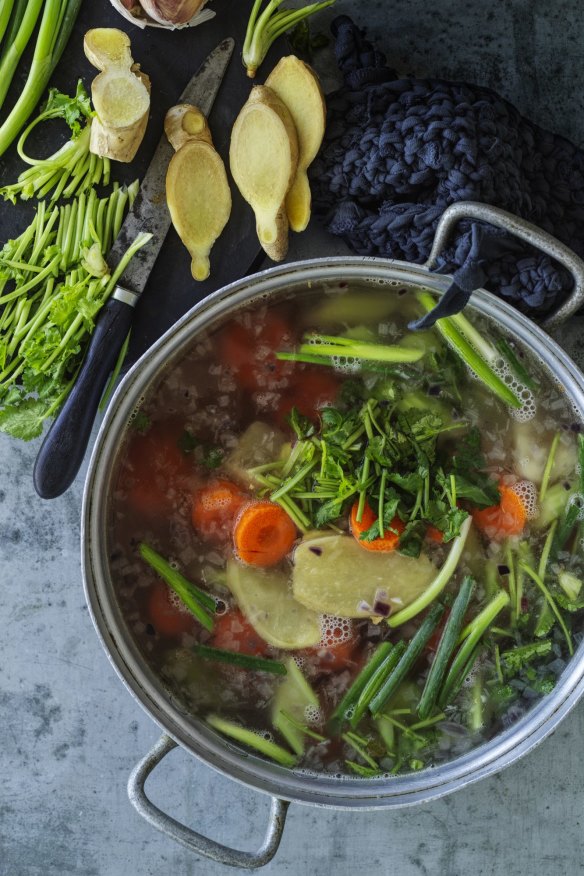Back to basics: 12 useful quarantine cooking (and cleaning) tips

QUARANTINE COOKING
Had enough of cooking yet? Sure, it might have been fun to play around with fancy recipes and sourdough at the start of isolation, but the reality is you need to cook at a level you find sustainable, and that means getting back to basics.
The good news is, you're likely already a much better cook than you were four weeks ago, so congratulations! Practice really does make perfect.
It's as good a time as any to run through a few basic tips for running your home kitchen that are especially relevant for our time in isolation.
General cooking tips
Cook in stages
Separate your cooking into three stages: preparation, cooking, and finishing. Cut and assemble all your ingredients before the first pan goes on the heat. After cooking, take just a moment to get everything just right before you serve. I'm not talking about fancy restaurant plating but giving a dish a couple of minutes to rest, and finishing it by cutting it correctly and adding some final seasoning (such as a pinch of salt or squeeze of lemon) will make a world of difference.

Heat your pans before you cook
If you've ever had trouble with food sticking to a pan, it's almost always because the pan wasn't hot enough before you put the food in there. Part of this is the fault of recipes that use phrases like "heat oil in a pan". You don't heat oil in a pan. You heat the pan first, and then add the oil to it. The pan should be hot enough that a drop of water zips across the top, rather than wetting the metal.
Sharp knives make good food
A sharp knife will make your cooking faster, more efficient and produce better results. It doesn't take much to keep a knife sharp so give it a quick once-over with a wheel sharpener, honing steel or even just on the bottom of an upturned ceramic bowl.
Season your food
What I mean by seasoning is adjusting the things that you have tastebuds for – that's saltiness, sweetness, sourness, bitterness and umami. A sprinkle of salt, a pinch of sugar, sourness from a squeeze of lemon, a bitter grind of pepper or an umami dash of soy sauce. That's what will make your food taste good.

Fridge management and waste reduction
It's easier to store cooked foods than raw
If you're having space issues in your fridge, just cook some of its contents. Make a sofrito, cook off a mirepoix, or flavour bases for stews or bolognese. They'll take up less space and last longer, too. (Try my kipfler potato salad with sofrito, pictured top.)
Store fruits and vegetables separately
I've said this before but it deserves to be said again. Many vegetables are sensitive to the ethylene gas released by many fruits so keep them in separate compartments of your fridge to stop them from spoiling quickly. Oh, and the tomatoes go in with the fruit, not the veg.
Label what you freeze
Write the date, contents and weight of whatever you're freezing. Even if you think it's only going to be a week or so, odds are it will end up in there longer. Labelling will let you know exactly what and how much you're defrosting at a glance. I work off about 150 grams per person for a portion of boneless meat or seafood, but adjust that to your family's appetites.

Almost anything can become stock
You can make stock from just about anything. Trimmings of vegetables, raw meats, cooked meats, bones, even leftovers. Just boil them together and you'll likely end up with a stock you can use in anything from soups to stews to stir-fries.
Working with limited ingredients
Substitute by seasoning
When substituting one ingredient for another, seasoning is key. Consider how salty, sour or sweet the thing you don't have is, and you can usually swap in anything that is similarly salty, sour or sweet. Think soy sauce for fish sauce, sugar for honey, any kind of vinegar for any other kind. The results won't be perfect, but they'll be as close as you can get.
If the thing you don't have isn't salty, sour or sweet you can usually just leave it out.
Cleaning up
Clean your kitchen before, during and after cooking
A home kitchen isn't a restaurant. You can't just dump dirty boards and pans into a sink to be taken care of later by someone else. Clean as you cook. The goal should be to start and finish cooking with clean kitchen. If you're organised that's easier than it sounds. You don't have to be perfect and the kitchen doesn't need to be spotless, but every little bit helps make cleaning more manageable.
The best time to wash a pot or pan is right after you take the food out of it
A hot pot or frypan brushed straight under a running tap will usually come clean in seconds. You often won't even need dish soap. Let them cool and dry before cleaning and you might be in for a lot of scrubbing, which is unnecessary labour and bad for your pans.
Appears in these collections
- More:
- Food
